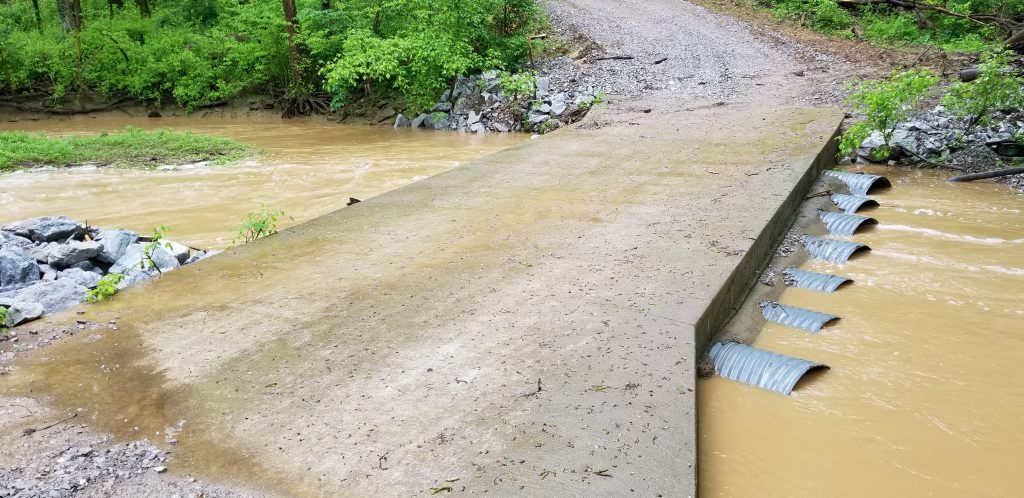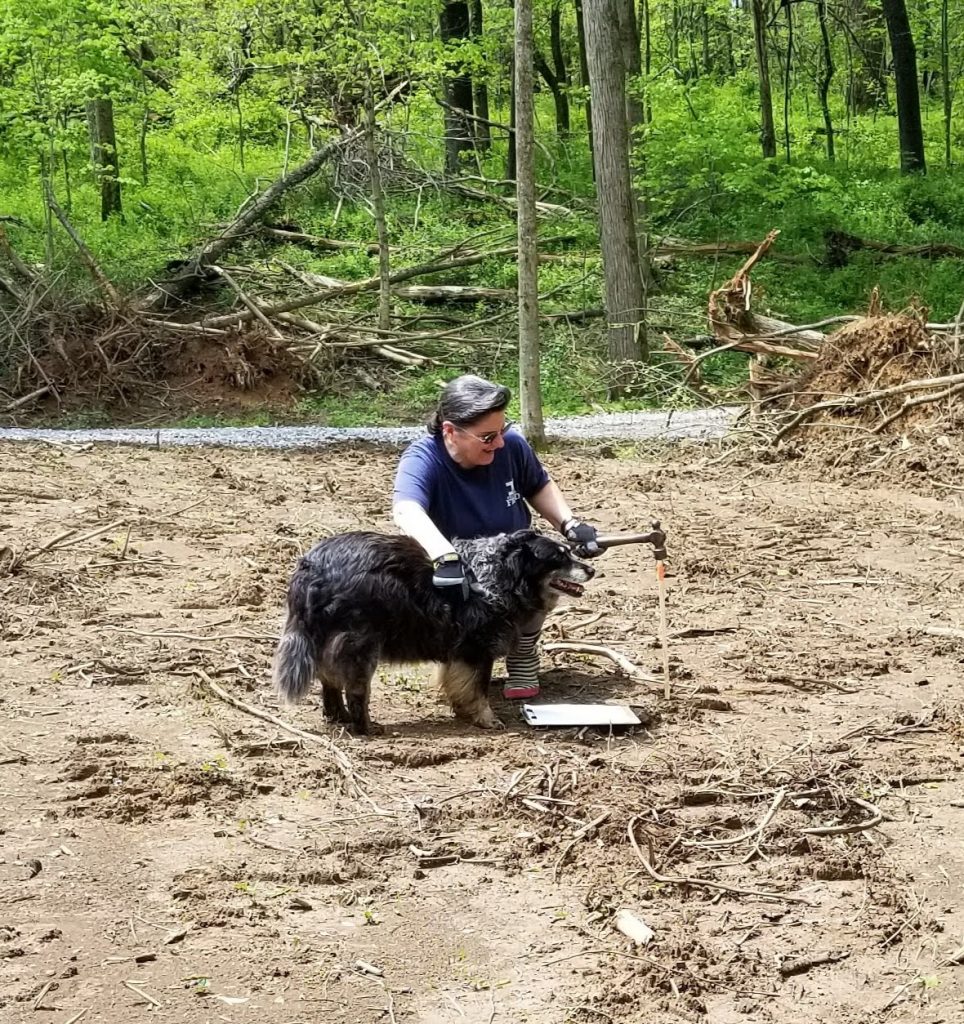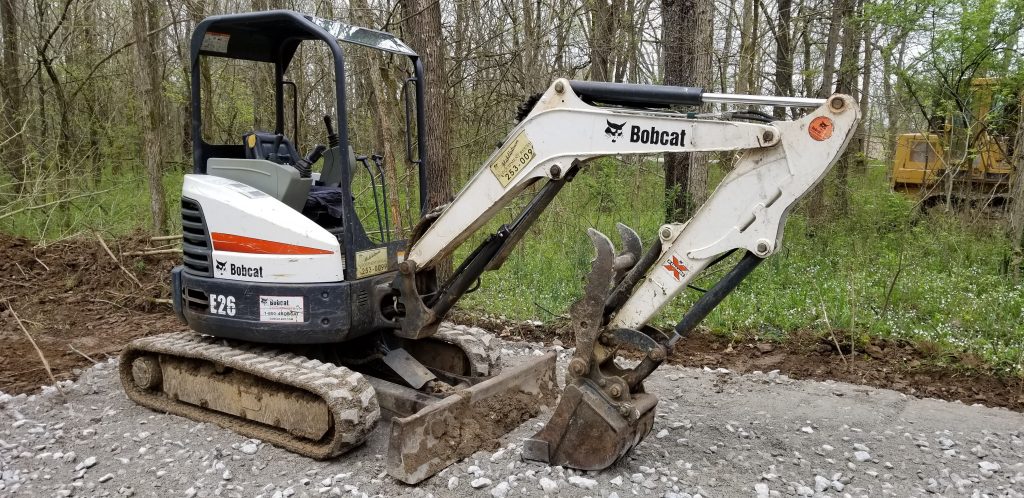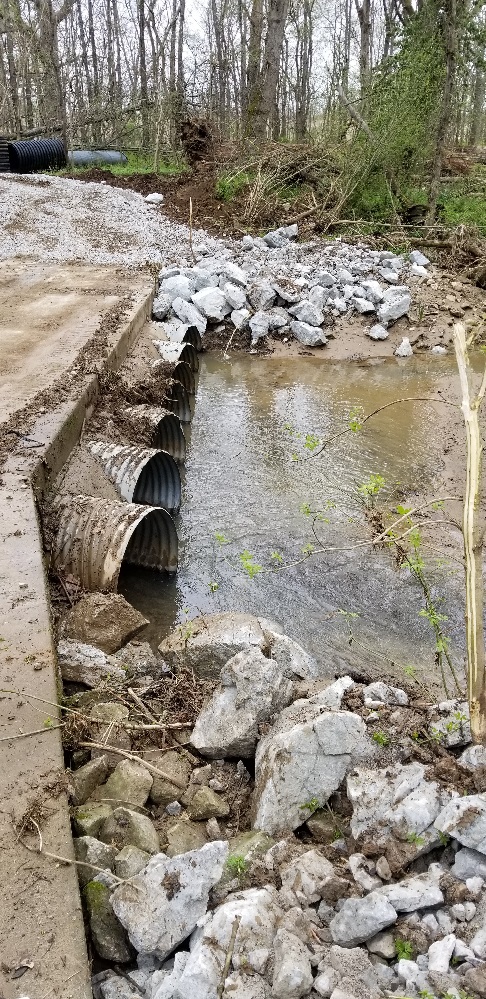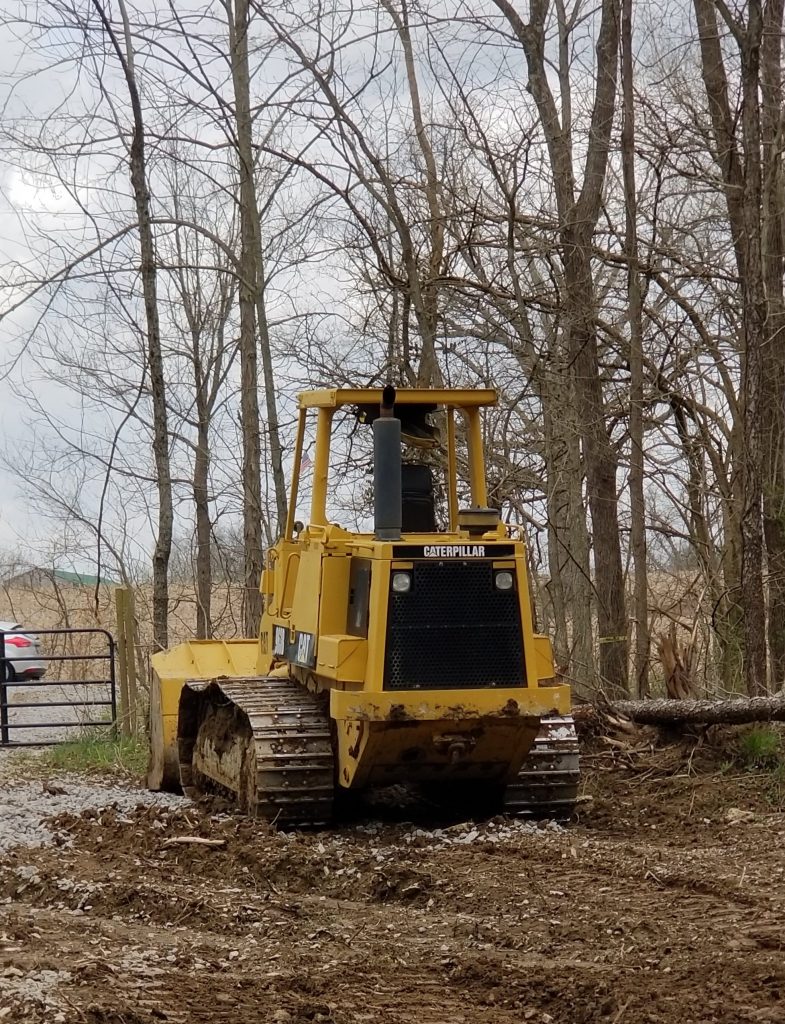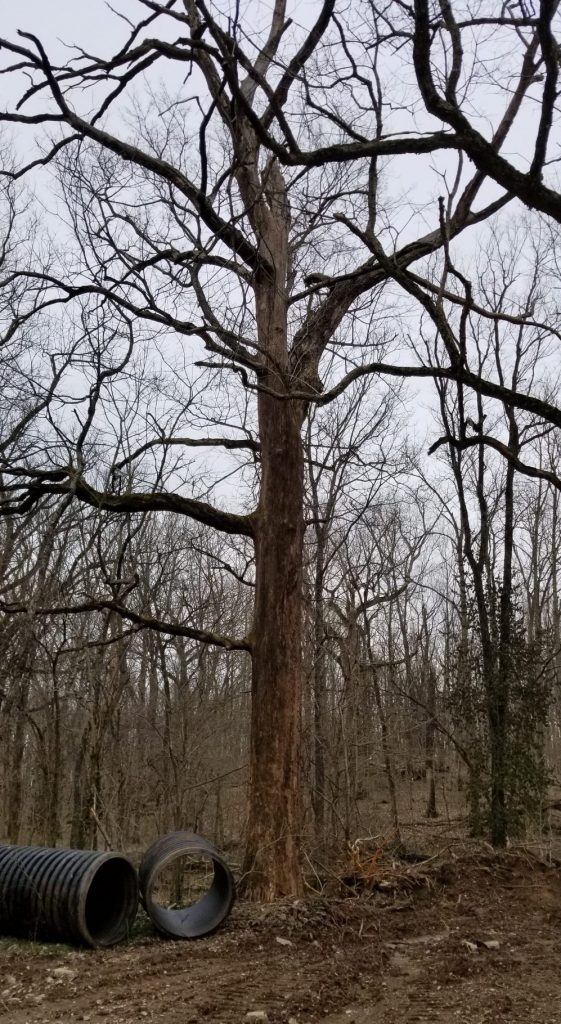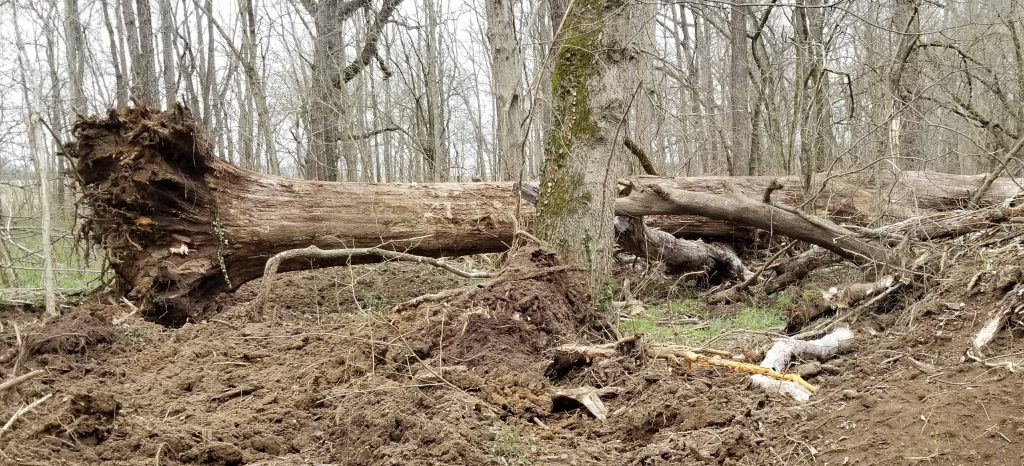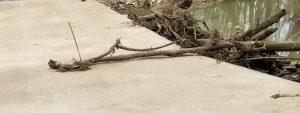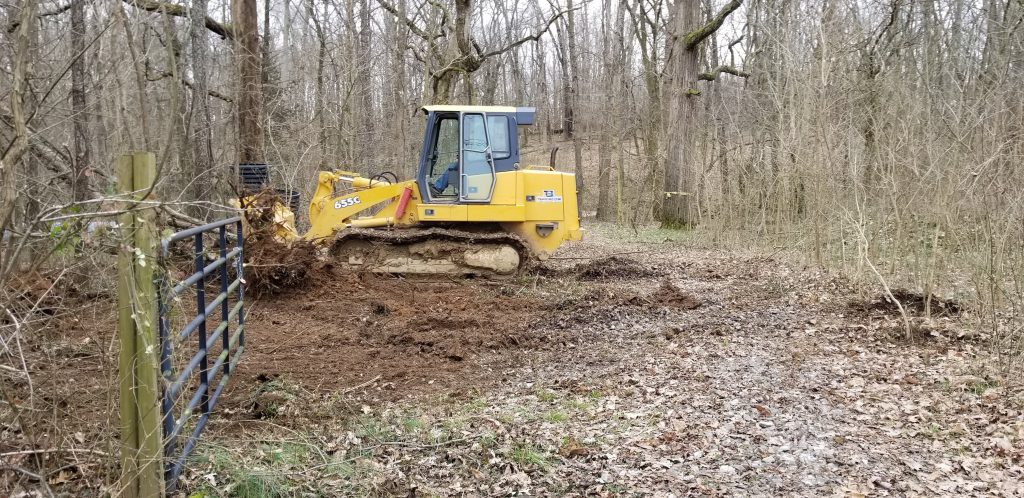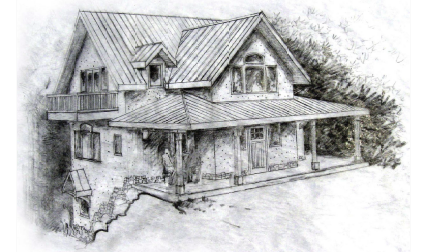If you grew up on a farm, thoughts about hay are second nature. By “hay” I don’t necessarily mean “square grassy thingys you see in the field” but rather food for animals in various forms. Alfalfa, fescue and other grasses are baled in this way, and may be fed to farm stock during the winter or a drought to keep them going. Such animals have multiple stomachs and can digest the stuff. In fact, their digestive system depends on it’s presence. Quite a few bugs like it, too, and for good reason- it is often high in nutritional value. If you like bugs, build you’re house with hay, and they’ll figure out a way to take advantage of your generosity. If you don’t, then use some form of straw, which is the residue left from harvesting such crops as wheat, rice and some other grains. In the case of straw, all the nutritional value is found in the grain, and what’s left isn’t digestible. As you will readily agree, digestible houses might have a few drawbacks! 😉

